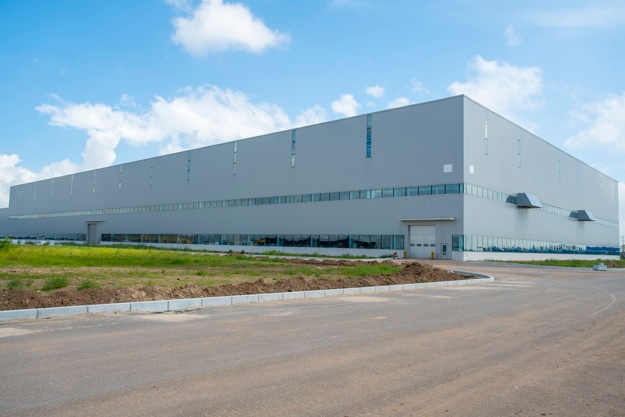Market performance in April: as of April 22, the overall A-share market fell sharply this month, led by the gem index. The Shanghai Composite Index and the gem index fell 5.1% and 13.6% respectively. In terms of industry, except for the rise of food and beverage and catering tourism, all other industries fell. The decline of power equipment, computer, medicine, national defense and military industry, media and other industries exceeded 10%, and the decline of automobile, real estate and construction industries also exceeded 5%. In terms of market trading activity, the average daily turnover decreased this month, the turnover rate decreased slightly, and the overall net inflow of northward funds was 1.185 billion yuan.
Pay attention to the evolution of us stagflation and grasp the rhythm of market decline: Recently, the performance of commodity prices has been weak, some commodity prices began to show signs of downward, and the US stock market also continued to decline. We believe that the internal reason is the intensification of economic downside risks. If commodity prices continue to decline and U.S. economic growth decreases, the U.S. economic cycle will begin to move from "stagflation" to "recession", and during this period, the pressure on risky assets will also increase. The Fed's expectation of raising interest rates is enhanced, or market volatility is increased. Under the "rapid tightening of monetary policy" of the Federal Reserve, the impact on the A-share market will be greater than that of the domestic and foreign capital markets. However, under the "rapid tightening of monetary policy" of the Federal Reserve, the impact on the A-share market will be greater than that of the domestic and foreign capital markets.
The epidemic dragged down the economic downturn. We can pay attention to the opportunity of recovery after the epidemic in May. Recently, the epidemic situation in Shanghai has attracted extensive attention. The large number of confirmed cases and rapid transmission speed have tightened the prevention and control of covid-19 epidemic in China again, and the industrial chain and logistics chain have been greatly blocked and hit. The blocking of the industrial chain is most obvious in the automobile industry, and China's economic growth is facing a huge test. Supply chain disorder affects residents' consumption and reserve habits: the uncertainty caused by the multi-point outbreak of the epidemic, the upgrading of sealing and control measures caused by the spread of the epidemic and the decline of logistics efficiency also make some affected cities face the problems of difficult to buy vegetables and high prices. In order to deal with the uncertainty caused by the epidemic, families have to increase the reserve of consumer goods, the demand for residents to store goods has increased significantly, and the reserve habits have changed. Pay attention to the recovery opportunities after the epidemic, from the two aspects of resumption of work and production and offline consumption: from the repetition of previous epidemics, if the subsequent epidemics continue to improve, the epidemic repair will follow the way of logistics (express, transportation) - flow of people (resumption of work and production, offline consumption, business travel and entertainment), Epidemic prevention and control will also follow the process of strict prevention and control (closure of cities) - relaxation of prevention and control (Star picking in some cities, enterprises gradually return to work and production) - loose prevention and control (business and travel activities return to normal) - Dynamic clearing. Therefore, the layout can be carried out along the recovery direction of the epidemic. If the epidemic is still repeated, we can continue to pay attention to the consumer sectors such as quick-frozen food, condiments and Baijiu. If the epidemic is improved, we can pay attention to the individual stocks that are the first to resume production and achieve performance. If the epidemic is further repaired, the sectors such as aviation, airports and hotels may have a rebound momentum in the short term
Configuration suggestions: 1 For the food and beverage sector benefiting from the change of residents' reserve habits, if the epidemic situation improves, we can pay attention to the rebound opportunities such as logistics, airports and hotels. 2. Benefit from the impact of tight global food supply and the agricultural sector opportunities brought by the reversal of the pig cycle. 3. Undervalued + both offensive and defensive financial and construction sectors. 4. Semiconductor, military industry, Dianxin and other sectors are optimistic for a long period of time. If commodity prices are no longer constrained, strategic layout can be carried out and bargain hunting can be carried out.
Risk warning: the risk that the policy exceeds the expectation; The risk of geopolitical friction exceeding expectations; The risk of economic downturn exceeding expectations.
